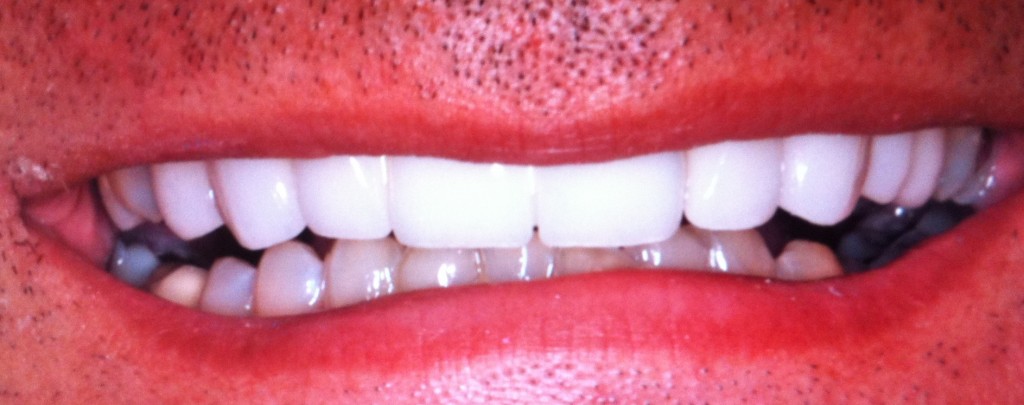
Tooth decay, which is caused by bacteria, causes brown or white spots to appear on your teeth.

Figuring that out, he added, is one of the challenges of being a dentist. The last reason for tooth sensitivity is that a new crown or dentition youve had placed might not be in harmony with your chewing system. Tingling teeth can be a symptom of a cavity that needs to be addressed. With both the pulp and the periodontal ligament sensing pain, it can be hard for people to know where their tooth pain is coming from, Manz said.
THE SPACE IN BETWEEN TEETH FEEL SENSITIVE SKIN
High frenum attachment (the band of skin between teeth attaching lip to the jaw) can cause spacing to develop. Periodontal disease, which cases bone-loss between the teeth: teeth become mobile (shaking) and shift, causing gaps between them. That sensation is coming from the periodontal ligament," Manz said. Too-large tongue, which causes the teeth to flare and creates spaces between the teeth. "Anybody who's been in orthodontic treatment will tell you their teeth are sore. The periodontal ligament, which attaches the tooth to the jawbone and senses the positioning of the teeth as we chew, can also feel pain. Though it's the only nerve-containing part of the tooth, the pulp isn't the only source of tooth pain.

The third, outermost layer is the tooth's hard white enamel, which is not living and so cannot feel anything. Rather they feel pain, which may be associated with, say, drinking a very cold milkshake.ĭentin, the middle layer, is alive but without nerves however, dentin contains fluid that moves around as the teeth move, and the pulp can feel the movement of that fluid. Whereas people with tooth sensitivity may complain, for example, of tooth pain triggered by heat or cold, the nerves in the pulp don't sense temperature, Manz said. The roots of your teeth, which are not covered. These spaces can form anywhere in the mouth, but are sometimes noticeable between the two upper front. Sensitivity can occur when the underlying layer of your teeth becomes exposed as a result of receding gum tissue. Pain is the only sensation to which the nerves in the pulp respond, Manz said. Diastema refers to a gap or space between the teeth. That innermost layer of the tooth is called the pulp and contains both blood vessels and nerves.

Teeth have three layers, only one of which - the innermost layer of the tooth - can hurt. And for humans, damaging adult teeth is a problem because, unlike sharks and alligators, we can't replace them. If teeth didn't feel pain, we might continue to use them in situations that damage them, Manz said.


 0 kommentar(er)
0 kommentar(er)
